Seneca Meadows Wetland Restoration: Design-Build Mitigation for Landfill Impacts to Wetlands
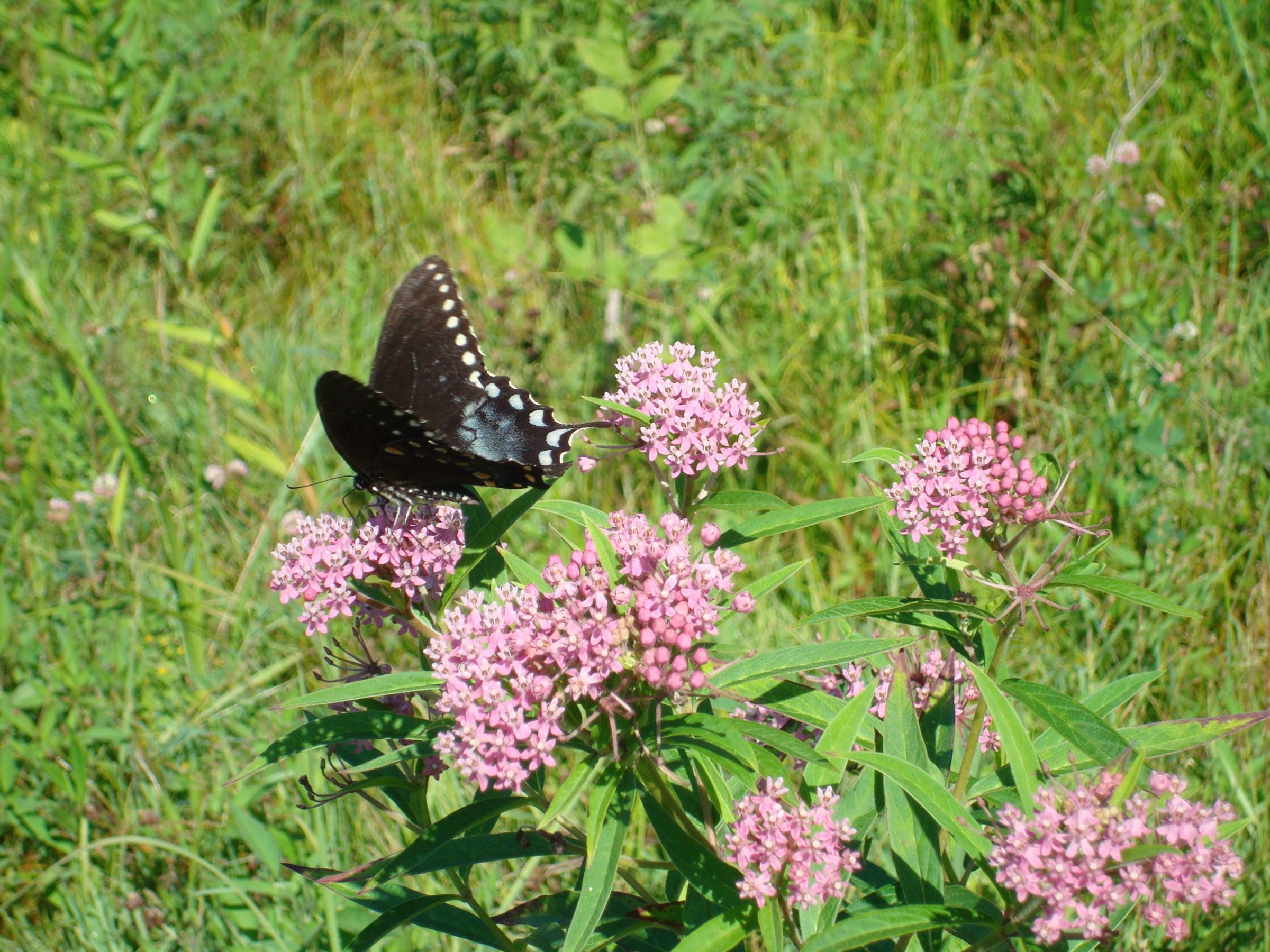
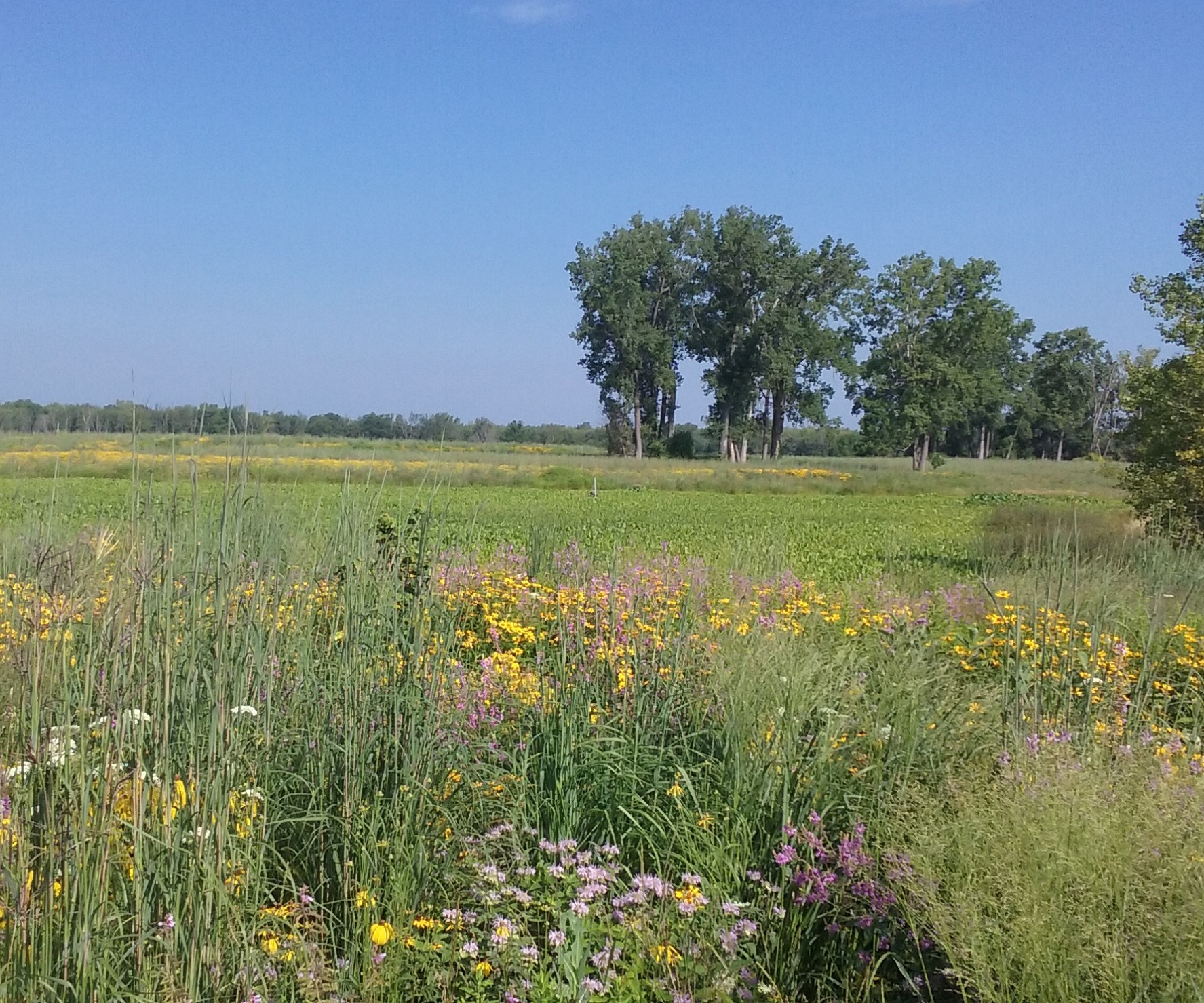
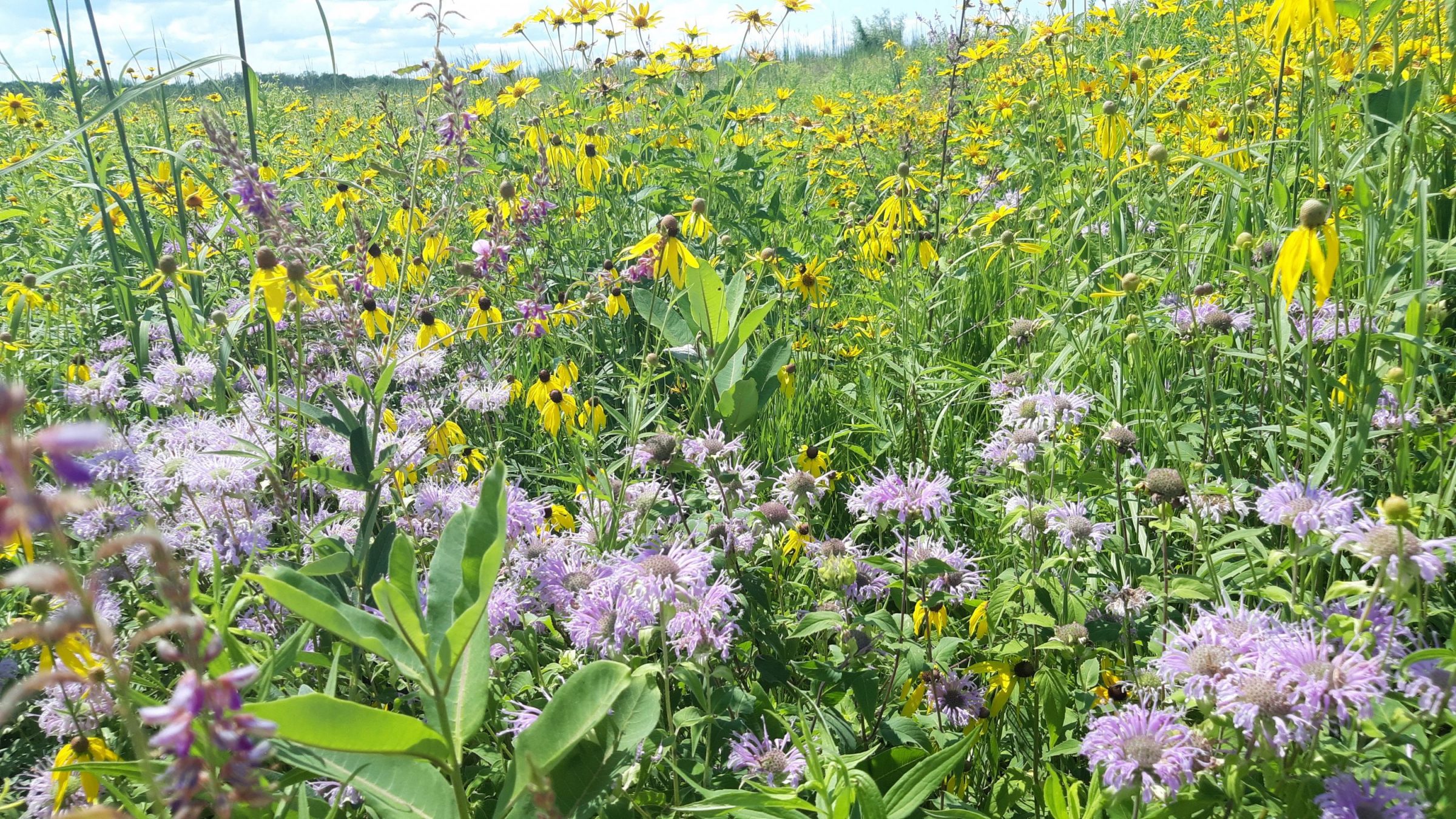
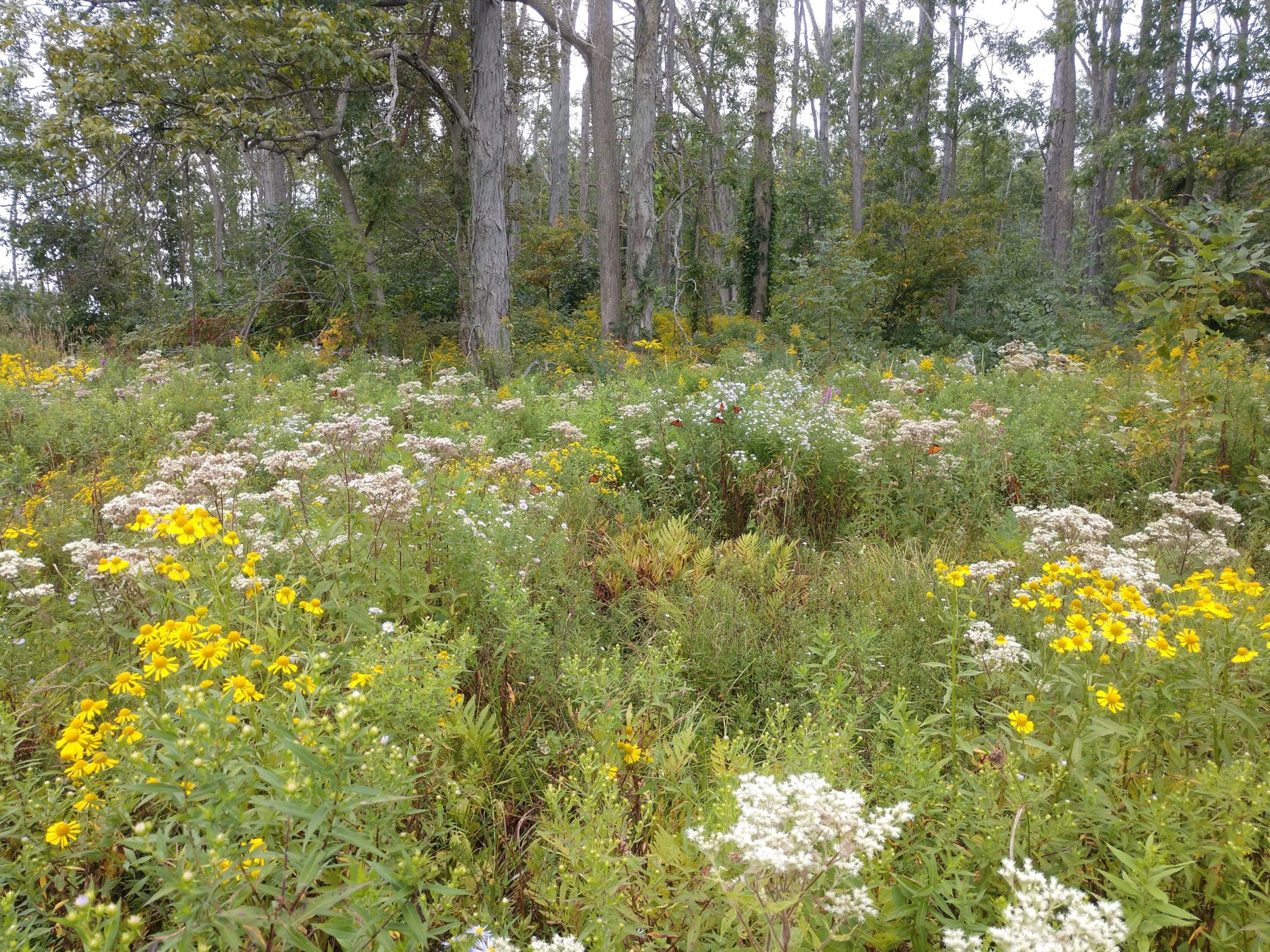
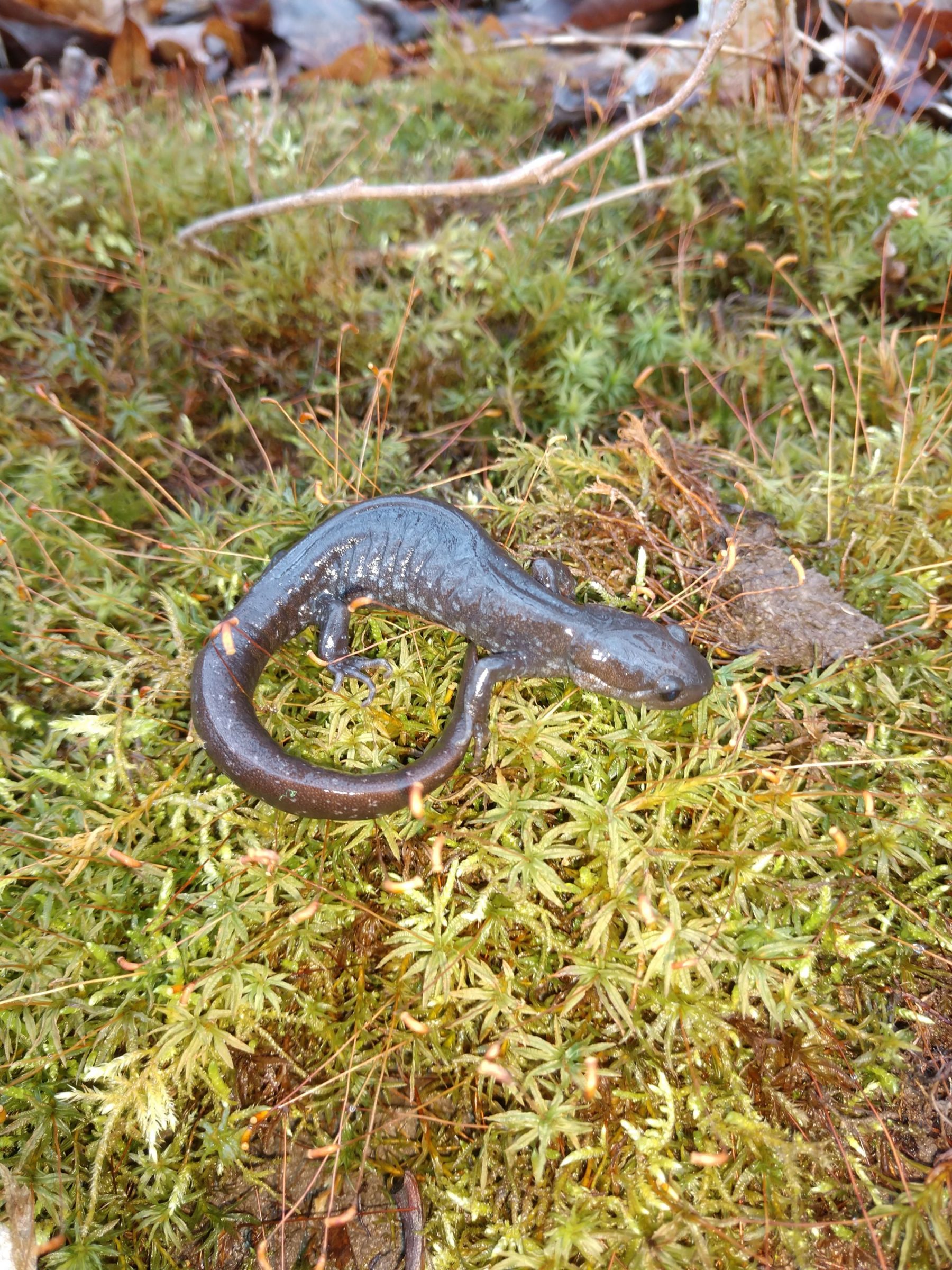

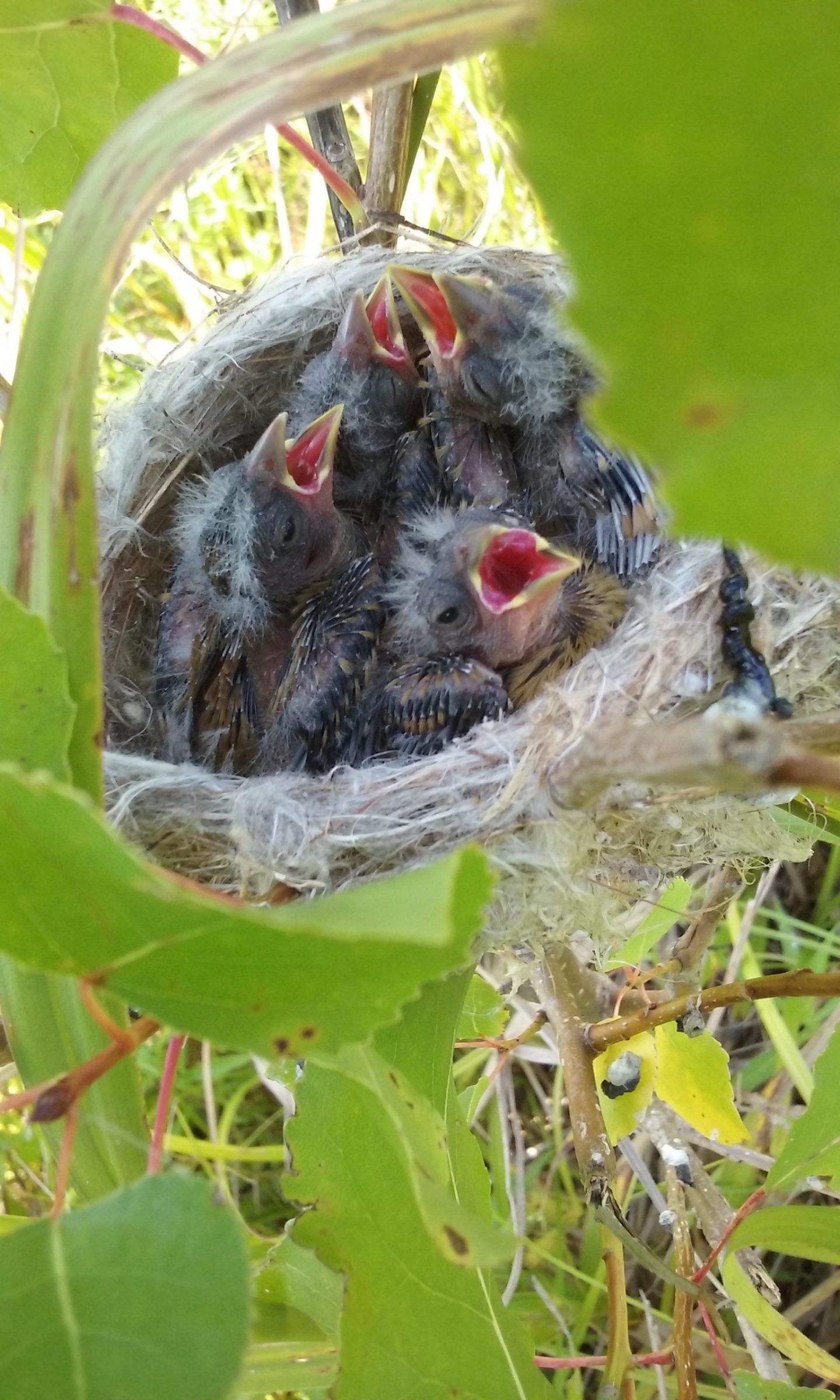
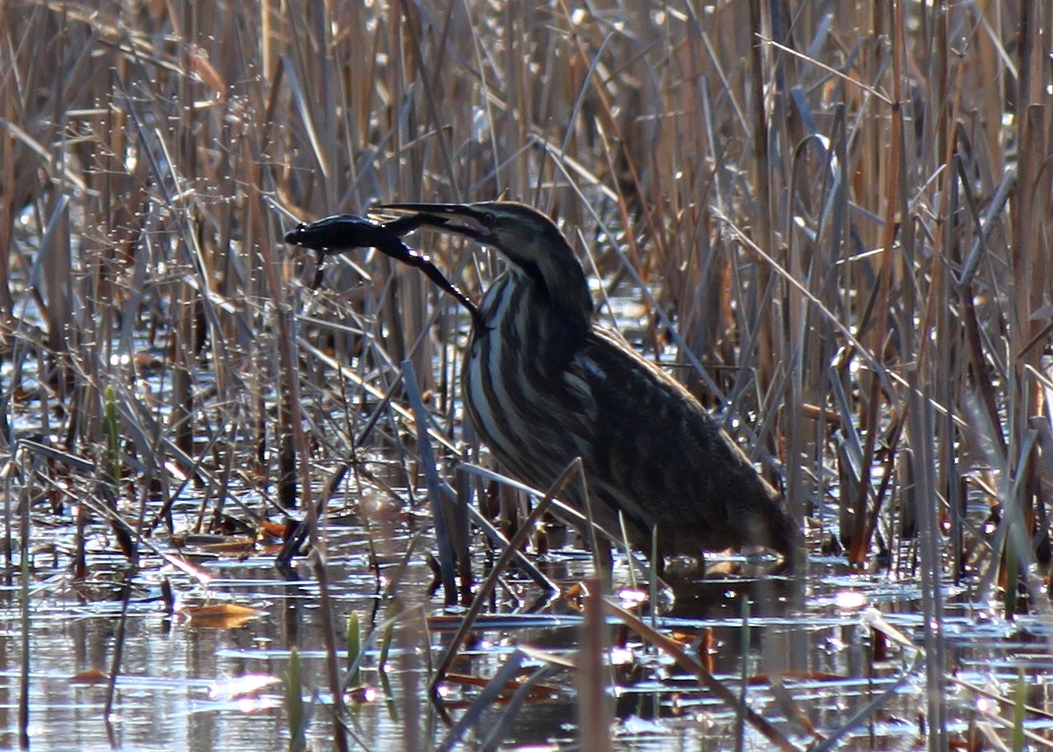

PROJECT SNAPSHOT
Project Type
Non-Bank ProjectLocation
New York | Village of WaterlooSolution
Natural Resource RestorationEcological Setting
- Grasslands, Prairies, & Upland Forests
- Native Vegetation & Pollinator Habitat
- Soil Health
RES orchestrated the development of the Preserve to mitigate wetlands for the Seneca Meadows Landfill expansion. This project encompassed restoring 1,100 acres of wetlands, grasslands, and savanna. A decade of RES monitoring and maintenance will precede stewardship by the Montezuma Audubon Center.
The Preserve met IBA criteria, hosting at-risk species like Black terns, Pied-bill Grebes, American Bitterns, and wintering Short-eared Owls. Other supported species include the Common Gallinule, Wilson’s Snipe, Marsh Wren, Bobolink, Savannah Sparrow, and Northern Harrier. The sighting of Dickcissels attracted birders regionally.
“Black terns have joined a growing list of species considered ‘vulnerable’ that have been sighted at the Seneca Meadows Wetland Preserve, a restored wetland and grassland site nominated as a New York Important Bird Area.”
Audobon.org, Vulnerable Wildlife Find Refuge at Landfill-Owned Wetland Preserve
In 2007, IESI, owner of New York’s largest landfill, needed expansion, foreseeing an impact on 70+ acres of forested wetland. RES proposed a 1,100-acre wetland project, surpassing the standard mitigation ratio. The adjacent Dove Farm property became the Seneca Meadows Wetland Preserve.
RES crafted the vision, designed plans, facilitated public meetings, and obtained permits. The plan included forested wetland restoration, Black Brook re-meandering, and enhancement of drained farm fields into IBA-quality areas.
Starting in 2008, restoration professionals prepared and planted the site. RES formulated Integrated Pest Management and Invasive Species Management Plans, crucial for ecological balance.
Native seeds were sourced locally and grown in Taylor Creek Restoration Nurseries. Field crews seeded 450 acres, planted 225,000 native plugs, and added 10,500 trees and shrubs. Continuous monitoring ensures ecosystem health.
The Preserve, vital within the Montezuma Wetlands Complex, accommodates hundreds of thousands of migrating birds. It offers educational opportunities through Audubon’s nature center and seven miles of trails, enriching the experience for visitors and birds alike.
